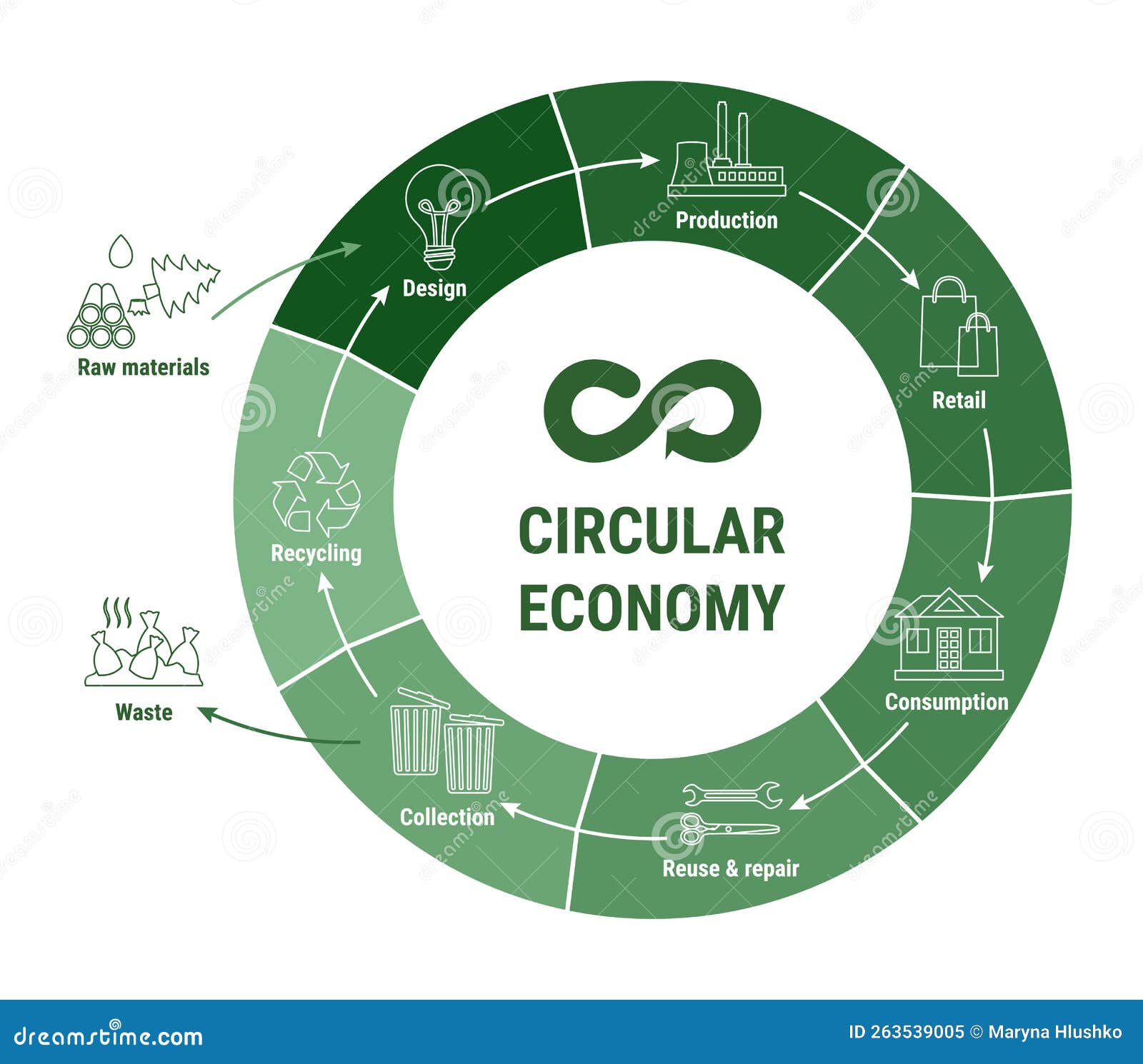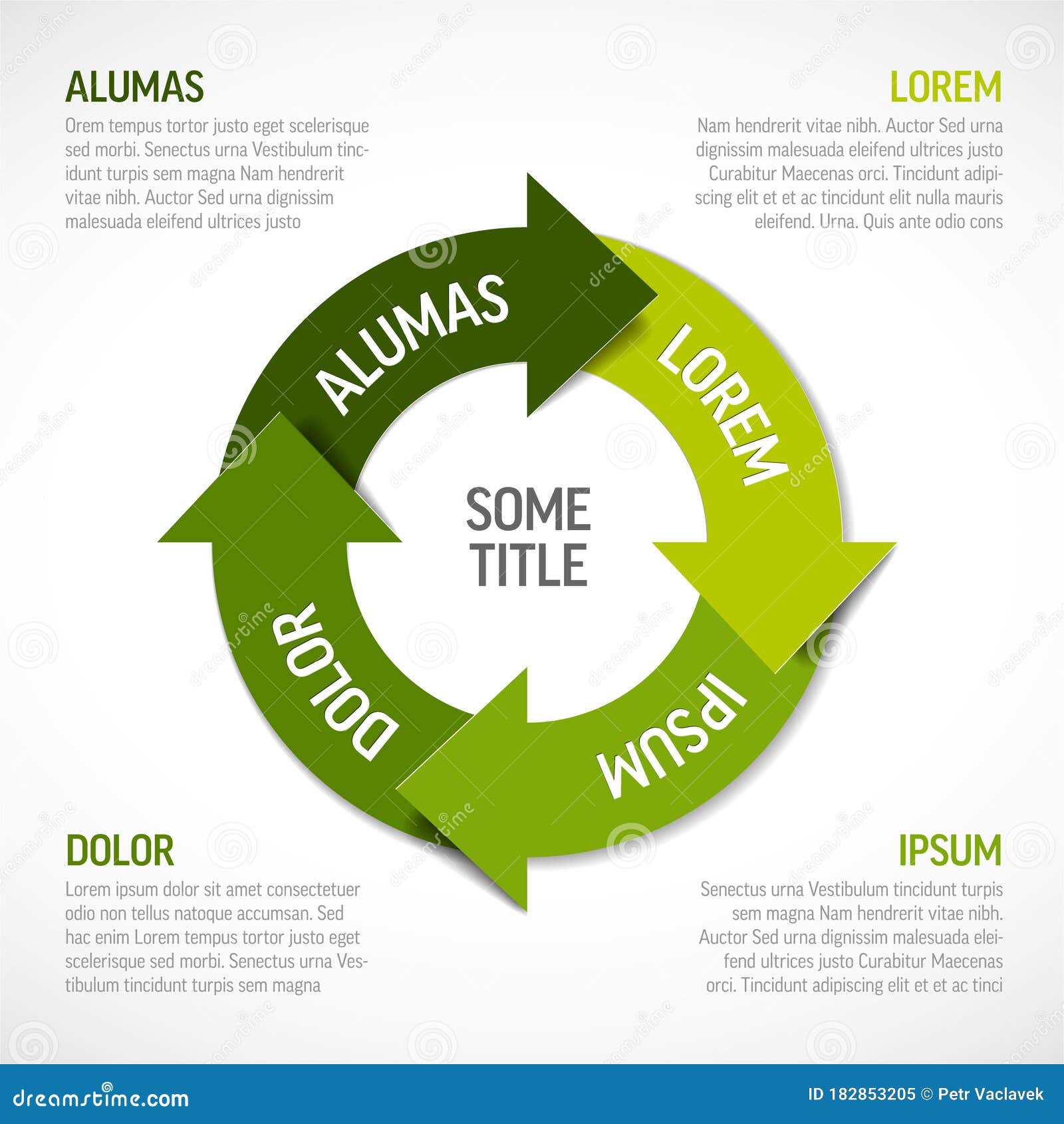So listen up, folks, because we're diving deep into something that could literally change the game when it comes to sustainability and our planet's future. The greens cycle is not just a buzzword or some fancy environmental jargon—it's a movement, a lifestyle, and a solution that's been gaining traction worldwide. Whether you're an eco-warrior or someone who's just starting to care about the environment, this is something you need to know about. So buckle up, because we're about to break it down in a way that's easy to digest but still packs a punch.
Now, before we dive headfirst into all the nitty-gritty details, let's talk about what the greens cycle really means. At its core, it's about creating a circular system where resources are reused, recycled, and repurposed instead of being wasted. It's about reducing our carbon footprint, conserving energy, and making smarter choices for our planet. And guess what? It's not as complicated as it sounds. In fact, it's something we can all contribute to in our daily lives. Stick with me, and I'll show you how.
But why does the greens cycle matter so much right now? Well, here's the deal: our planet is in trouble. Climate change, pollution, deforestation—you name it, we're facing it. And while governments and big corporations are trying to figure out solutions, the truth is that we, as individuals, have a huge role to play. The greens cycle offers a practical, actionable way for us to make a difference, and that's why it's become such a hot topic in recent years. Ready to learn more? Let's go.
Read also:Kevin Greene A Football Legend And Inspirational Icon
Understanding the Basics of Greens Cycle
Alright, let's get down to the basics. What exactly is the greens cycle? Simply put, it's a system designed to minimize waste and maximize resource efficiency. Think of it like a loop where nothing is thrown away—everything has a purpose, and everything gets reused in some form or another. It's like that old saying, "One man's trash is another man's treasure," but on a much larger scale. This cycle isn't just about recycling; it's about rethinking the way we consume and produce goods.
Key Principles Behind the Greens Cycle
Here are the main principles that drive the greens cycle:
- Reduce: Cutting down on waste by using fewer resources in the first place.
- Reuse: Finding new purposes for items that would otherwise be discarded.
- Recycle: Turning waste materials into new products to prevent waste of potentially useful materials.
- Repurpose: Transforming old items into something completely different but equally useful.
These principles might sound simple, but when applied consistently, they can have a massive impact on the environment. And the best part? Anyone can adopt these practices in their daily lives, no matter where you live or what your circumstances are.
Why Greens Cycle Matters for Our Planet
Let's talk about the big picture here. Our planet is facing some serious environmental challenges, and the greens cycle offers a way to tackle many of them head-on. By reducing waste, conserving resources, and promoting sustainability, we can help mitigate the effects of climate change, protect biodiversity, and ensure a healthier planet for future generations. But don't just take my word for it—let's look at some stats.
According to the Environmental Protection Agency (EPA), Americans alone generate about 292 million tons of waste each year. That's a staggering amount, and a significant portion of it ends up in landfills, contributing to greenhouse gas emissions and pollution. By implementing the greens cycle, we can drastically reduce this waste and create a more sustainable future.
The Environmental Impact of Waste
Waste isn't just an eyesore—it has real, measurable effects on the environment. Here are a few examples:
Read also:Captain Lee Net Worth Unveiling The Wealth Behind The Iconic Aviator
- Landfills: They release methane, a potent greenhouse gas that contributes to global warming.
- Pollution: Improper disposal of waste can contaminate soil, water, and air, harming both wildlife and humans.
- Resource Depletion: Extracting raw materials for production consumes vast amounts of energy and natural resources.
By adopting the greens cycle, we can address these issues and create a cleaner, greener world. It's not just about saving the planet—it's about improving our quality of life, too.
Implementing Greens Cycle in Daily Life
So, how do we actually put the greens cycle into practice? It's easier than you might think. There are plenty of ways to incorporate these principles into your daily routine without making drastic changes. Let's break it down.
Practical Tips for Reducing Waste
Here are some simple yet effective ways to reduce waste in your everyday life:
- Use reusable bags, bottles, and containers instead of disposable ones.
- Opt for digital versions of documents and bills to cut down on paper waste.
- Buy in bulk to reduce packaging waste.
- Compost food scraps and yard waste to create nutrient-rich soil.
These small changes might not seem like much, but when multiplied by millions of people, they can have a huge impact. Plus, they often save you money in the long run, so it's a win-win.
Greens Cycle in Business and Industry
While individual actions are important, businesses and industries also have a crucial role to play in promoting the greens cycle. Many companies are already adopting sustainable practices, but there's still a long way to go. Let's explore how businesses can contribute to this movement.
Sustainable Business Practices
Here are some ways companies can embrace the greens cycle:
- Implementing recycling programs in the workplace.
- Designing products with sustainability in mind, using eco-friendly materials and processes.
- Reducing energy consumption through efficient technologies and renewable energy sources.
- Partnering with suppliers who share the same commitment to sustainability.
By taking these steps, businesses can not only reduce their environmental impact but also appeal to increasingly eco-conscious consumers. It's good for the planet, and it's good for business.
Challenges and Solutions in Adopting Greens Cycle
Of course, implementing the greens cycle isn't without its challenges. There are obstacles to overcome, but with the right mindset and strategies, they can be addressed. Let's take a look at some common challenges and how to tackle them.
Common Obstacles
Here are a few challenges people and businesses might face when adopting the greens cycle:
- Cost: Initial investments in sustainable technologies and practices can be expensive, but they often pay off in the long run.
- Education: Many people simply don't know how to implement sustainable practices effectively. Education and awareness are key.
- Infrastructure: In some areas, the infrastructure needed to support recycling and other green initiatives isn't fully developed yet.
Despite these challenges, the benefits of the greens cycle far outweigh the difficulties. With government support, community involvement, and technological advancements, we can overcome these hurdles and create a more sustainable future.
Success Stories and Case Studies
Let's take a moment to celebrate some success stories where the greens cycle has made a real difference. These examples show that it's possible to create positive change, even on a large scale.
Case Study: Zero Waste Cities
Some cities around the world have embraced the greens cycle and achieved remarkable results. For instance, San Francisco has implemented a comprehensive recycling and composting program that has helped the city divert over 80% of its waste from landfills. It's a testament to what can be accomplished with dedication and collaboration.
The Role of Technology in Greens Cycle
Technology plays a vital role in advancing the greens cycle. Innovations in recycling, renewable energy, and sustainable materials are making it easier than ever to implement eco-friendly practices. Let's explore some of the ways technology is driving this movement forward.
Innovative Solutions
Here are a few examples of how technology is supporting the greens cycle:
- Smart recycling bins that sort waste automatically.
- Solar panels and wind turbines that generate clean energy.
- Bio-based materials that replace traditional plastics.
These advancements are paving the way for a more sustainable future, and they're only the beginning. As technology continues to evolve, we can expect even more groundbreaking solutions to emerge.
How You Can Get Involved
So, you're convinced that the greens cycle is worth pursuing. Great! But where do you start? Here are some actionable steps you can take to get involved:
Join the Movement
Whether it's participating in local clean-up events, supporting eco-friendly businesses, or spreading awareness on social media, there are countless ways to make a difference. Every small action counts, and together, we can create a ripple effect that leads to real change.
Conclusion: The Future is Green
As we've seen, the greens cycle offers a powerful solution to some of the biggest environmental challenges we face today. By reducing waste, conserving resources, and promoting sustainability, we can create a healthier, more prosperous planet for everyone. So, what are you waiting for? Join the movement, make a difference, and let's build a greener future together.
Don't forget to share this article with your friends and family, and leave a comment below letting us know how you're contributing to the greens cycle. Together, we can make a difference!
Table of Contents
- Understanding the Basics of Greens Cycle
- Key Principles Behind the Greens Cycle
- Why Greens Cycle Matters for Our Planet
- The Environmental Impact of Waste
- Implementing Greens Cycle in Daily Life
- Practical Tips for Reducing Waste
- Greens Cycle in Business and Industry
- Sustainable Business Practices
- Challenges and Solutions in Adopting Greens Cycle
- Common Obstacles
- Success Stories and Case Studies
- Case Study: Zero Waste Cities
- The Role of Technology in Greens Cycle
- Innovative Solutions
- How You Can Get Involved
- Join the Movement


